Home>Furniture & Design>Interior Design Trends>How To Learn Glass Blowing
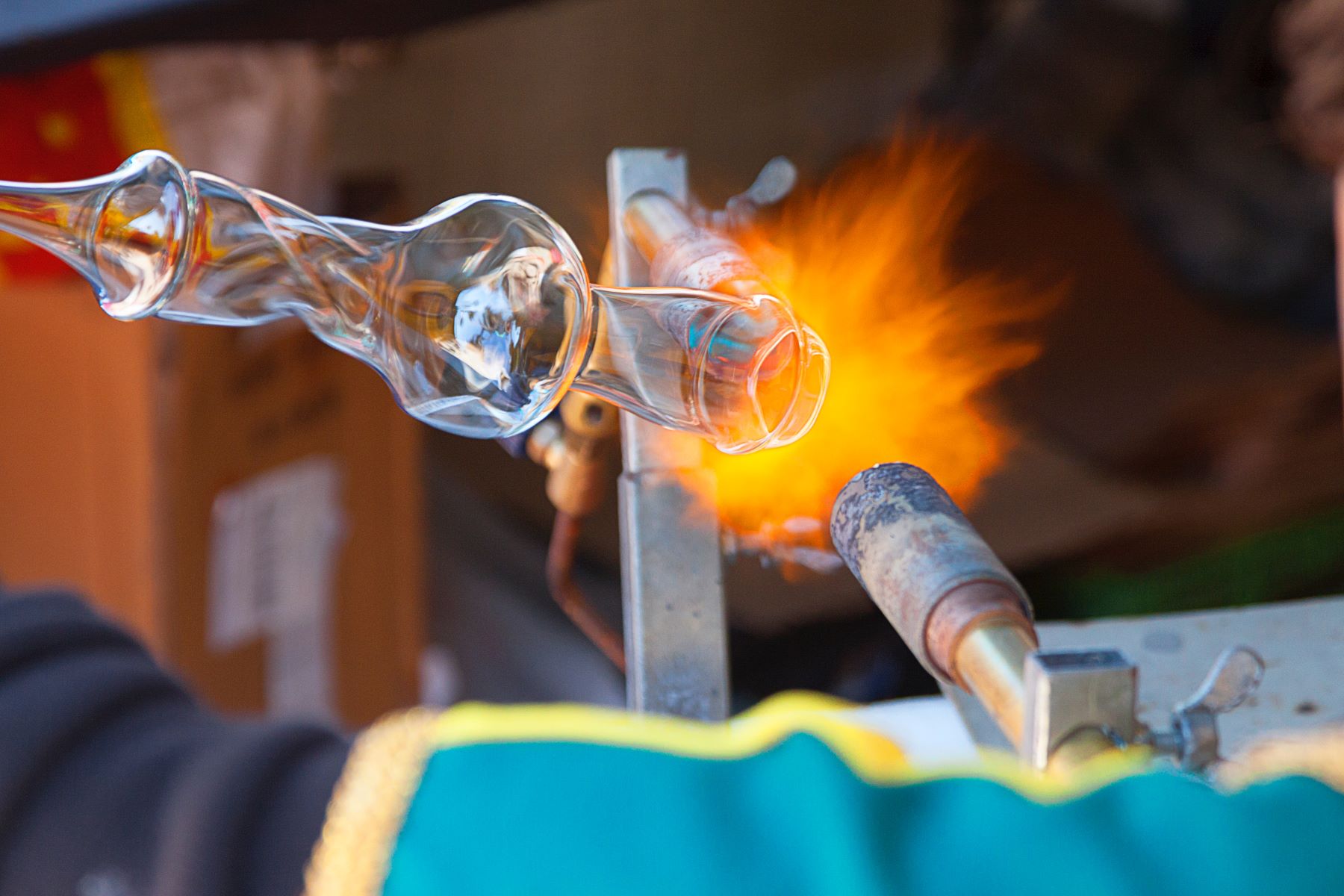

Interior Design Trends
How To Learn Glass Blowing
Published: February 5, 2024
Discover the latest interior design trends and learn how to incorporate glass blowing into your home decor. Explore the art of glass blowing and elevate your interior design with unique, handcrafted pieces.
(Many of the links in this article redirect to a specific reviewed product. Your purchase of these products through affiliate links helps to generate commission for Storables.com, at no extra cost. Learn more)
Introduction
Glass blowing is an ancient art form that has captivated people for centuries. The mesmerizing dance of molten glass, the skillful manipulation of tools, and the creation of stunning glass objects have continued to inspire and intrigue individuals around the world. Whether you are an aspiring artist, a hobbyist, or simply someone with a deep appreciation for craftsmanship, learning the art of glass blowing can be a truly rewarding and enriching experience.
The process of glass blowing involves shaping molten glass into various forms, such as vases, ornaments, and sculptures, using a combination of skill, creativity, and precision. It is a craft that demands patience, dedication, and a keen eye for detail. As you embark on this journey, you will discover the magic of transforming a molten blob of glass into a work of art, infused with your creativity and passion.
In this comprehensive guide, we will delve into the world of glass blowing, exploring the fundamental techniques, tools, safety precautions, and the creative process. Whether you are a novice eager to learn the basics or an experienced artisan seeking to refine your skills, this guide will serve as a valuable resource to help you navigate the intricate and captivating realm of glass blowing.
As we embark on this journey together, prepare to immerse yourself in the rich history and tradition of glass blowing, as well as the modern innovations that continue to push the boundaries of this timeless art form. From setting up your own glass blowing studio to mastering the intricate techniques, each step of the process will unfold, offering you a deeper understanding of the art and its limitless possibilities.
So, grab your blowpipe, gather your tools, and let's embark on an exhilarating adventure into the world of glass blowing, where creativity knows no bounds and the beauty of molten glass awaits your skilled hands.
Key Takeaways:
- Glass blowing is a captivating art form that requires understanding molten glass behavior, mastering techniques, and creating a safe studio environment. It’s a transformative journey of creativity and dedication.
- Aspiring glass artists find inspiration from nature, culture, and personal experiences to develop a unique style. The art of glass blowing transcends craftsmanship, embracing the boundless potential of human creativity.
Read more: How To Learn Stained Glass
Understanding the Basics of Glass Blowing
Glass blowing, often referred to as "hot glass" work, is a captivating art form that requires a deep understanding of the fundamental principles of working with molten glass. At its core, the process involves heating glass to a molten state and then shaping it into intricate forms using a variety of specialized tools and techniques.
The first and most crucial step in understanding glass blowing is to comprehend the behavior of molten glass. Glass, when heated to extreme temperatures, becomes malleable and can be manipulated into various shapes. This transformation is achieved through the careful control of temperature and airflow, which are essential elements in the glass blowing process.
Furthermore, mastering the art of gathering molten glass on the end of a blowpipe is a fundamental skill that forms the basis of all glass blowing endeavors. This process involves carefully gathering a small amount of molten glass from the furnace onto the blowpipe, which serves as the primary tool for shaping the glass. The molten glass is then manipulated through a combination of blowing, shaping, and reheating, allowing the artist to sculpt the glass into the desired form.
Understanding the basics of glass blowing also entails gaining insight into the various techniques used to shape and manipulate molten glass. These techniques include blowing, shaping, marvering, and tooling, each of which plays a crucial role in the creation of glass objects. Additionally, the use of molds, jacks, shears, and other specialized tools further expands the artist's repertoire, enabling the realization of intricate and complex designs.
Aspiring glass blowers must also familiarize themselves with the different types of glass, such as soda-lime glass and borosilicate glass, each of which possesses unique properties that influence the working process. Understanding the characteristics and behaviors of these different types of glass is essential for achieving the desired results and expanding the creative possibilities within the art form.
In essence, understanding the basics of glass blowing involves delving into the transformative nature of molten glass, mastering the essential techniques, and developing a deep appreciation for the inherent beauty and fluidity of the medium. With a solid foundation in these fundamental principles, aspiring glass artists can embark on a journey of exploration and creativity, laying the groundwork for the mastery of this timeless and captivating art form.
Setting Up Your Glass Blowing Studio
Setting up a glass blowing studio is an essential step for aspiring glass artists to immerse themselves in the captivating world of molten glass and unleash their creativity. The studio serves as a sanctuary where the transformative process of shaping molten glass into exquisite works of art unfolds. From creating a conducive environment to acquiring the necessary equipment, the setup of a glass blowing studio requires careful consideration and meticulous planning.
The first consideration when setting up a glass blowing studio is the space itself. Ideally, the studio should be well-ventilated, spacious, and equipped with adequate lighting to ensure a comfortable and safe working environment. Ventilation is particularly crucial in dissipating heat and fumes generated during the glass blowing process, while ample natural or artificial light is essential for precise and detailed work.
Next, the studio layout should be designed to facilitate the workflow and accommodate the various stages of the glass blowing process. This includes designated areas for the furnace, annealing ovens, workbenches, and storage for tools and raw materials. Organizing the space in a logical and efficient manner enhances productivity and allows artists to move seamlessly between different stages of their work.
The centerpiece of any glass blowing studio is the furnace, which is used to heat the glass to its molten state. Selecting the right furnace size and type is crucial, as it directly impacts the scale and complexity of the glass pieces that can be created. Additionally, annealing ovens are essential for slowly cooling the finished glass pieces, relieving internal stresses and ensuring their long-term stability.
Equipping the studio with a comprehensive array of tools and equipment is another vital aspect of the setup process. From blowpipes and punties to jacks, shears, and molds, each tool plays a specific role in shaping and manipulating molten glass. Investing in high-quality tools and maintaining them properly is essential for achieving precision and consistency in glass blowing endeavors.
Moreover, safety should be a top priority when setting up a glass blowing studio. This includes installing fire extinguishers, implementing safety protocols, and providing protective gear such as heat-resistant clothing, gloves, and eyewear. Creating a safe working environment not only protects the artist but also fosters confidence and peace of mind during the creative process.
In essence, setting up a glass blowing studio is a meticulous and multi-faceted endeavor that requires careful attention to detail and a deep understanding of the technical and logistical aspects of the art form. By creating a well-equipped, organized, and safe studio space, aspiring glass artists can embark on their creative journey with confidence, fully immersing themselves in the mesmerizing world of molten glass and the boundless possibilities it offers.
Learning the Tools and Equipment
Learning the tools and equipment of glass blowing is a pivotal step in mastering the art form and unleashing one's creative potential. The array of specialized tools and instruments used in glass blowing plays a fundamental role in shaping, manipulating, and transforming molten glass into exquisite works of art. Aspiring glass artists must familiarize themselves with these tools, understanding their functions, and mastering their usage to achieve precision and finesse in their creations.
The blowpipe, a fundamental tool in glass blowing, serves as the primary instrument for gathering molten glass from the furnace and shaping it into various forms. It is a hollow tube, typically made of stainless steel, with a mouthpiece at one end for blowing air into the molten glass and a solid tip for gathering and shaping the glass. The length and diameter of the blowpipe can vary based on the scale and complexity of the glass pieces being created.
Punties, also known as punty rods or punty irons, are essential tools used to transfer and support the glass piece during the shaping process. They are solid rods with a small blob of molten glass attached to one end, allowing the artist to detach the piece from the blowpipe and work on its opposite end. Punties come in various sizes and are crucial for maneuvering and shaping the glass with precision.
Jacks, a versatile and indispensable tool in glass blowing, are used for shaping and forming the molten glass. They consist of two blades and handles, allowing the artist to grasp and manipulate the glass while it is still malleable. Jacks come in different sizes and shapes, each serving a specific purpose in the glass blowing process, from creating necklines and indentations to shaping the overall form of the glass piece.
Shears, another essential tool, are used for cutting and shaping the molten glass. They are designed with precision blades that enable the artist to trim, shape, and manipulate the glass with accuracy and control. Shears come in various styles, including straight blades and diamond shears, each offering unique capabilities for refining and detailing the glass.
In addition to these fundamental tools, glass blowers utilize a range of specialized instruments such as molds, marvers, tweezers, and paddles, each contributing to the versatility and intricacy of the glass blowing process. Understanding the functions and nuances of these tools is essential for aspiring glass artists to expand their creative repertoire and achieve mastery in the art of glass blowing.
By immersing themselves in the world of glass blowing tools and equipment, aspiring artists can unlock the potential for innovation and artistic expression, harnessing the transformative power of molten glass to bring their creative visions to life. Through dedicated practice and a deep understanding of these tools, artists can elevate their craft, pushing the boundaries of what is possible and leaving an indelible mark on the captivating world of glass blowing.
Practice patience and focus on mastering the basic techniques before moving on to more complex designs. Glass blowing requires precision and control, so take your time to develop these skills.
Mastering the Techniques
Mastering the techniques of glass blowing is a transformative journey that demands dedication, patience, and a relentless pursuit of excellence. Aspiring glass artists embark on a quest to refine their skills, honing their ability to manipulate molten glass with precision and artistry. This mastery of techniques encompasses a wide array of skills, from gathering and shaping molten glass to creating intricate forms and delicate details that define the art of glass blowing.
At the core of mastering glass blowing techniques lies the art of gathering molten glass on the end of a blowpipe. This fundamental skill requires a delicate balance of timing, temperature control, and hand-eye coordination. As the artist gathers the molten glass from the furnace, they must maintain a steady rhythm, ensuring the glass remains malleable and responsive to their creative vision.
Shaping the gathered glass into various forms is a nuanced and intricate process that demands a deep understanding of the medium's behavior and properties. The artist employs a combination of blowing, marvering, and tooling techniques to sculpt the molten glass, coaxing it into elegant curves, intricate patterns, and captivating textures. Each movement is deliberate, each breath infused with intention, as the artist breathes life into the molten glass, shaping it into a manifestation of their artistic vision.
Furthermore, mastering the techniques of glass blowing involves a profound exploration of the interplay between heat, gravity, and centrifugal force. The artist learns to manipulate these forces, harnessing their energy to create symmetrical forms, delicate stems, and graceful contours. This mastery of movement and balance is a testament to the artist's skill and intuition, as they navigate the fluid dynamics of molten glass with finesse and grace.
Delving into the realm of advanced techniques, glass artists refine their ability to create intricate details and embellishments, such as delicate filigree, intricate cane work, and mesmerizing color patterns. These techniques require a meticulous approach, as the artist meticulously layers, twists, and fuses glass components to achieve stunning visual effects and captivating designs.
In essence, mastering the techniques of glass blowing is a profound and transformative journey that transcends mere skill and enters the realm of artistry. It is a testament to the artist's dedication, perseverance, and unwavering commitment to pushing the boundaries of creativity and craftsmanship. Through the mastery of techniques, aspiring glass artists unlock the boundless potential of molten glass, shaping it into timeless works of art that captivate and inspire.
Read more: How To Blow Glass
Safety Precautions and Best Practices
Ensuring safety in the glass blowing studio is paramount, given the high temperatures, molten glass, and specialized equipment involved in the process. Implementing rigorous safety precautions and best practices not only safeguards the well-being of the artist but also fosters a conducive environment for creativity and innovation.
One of the fundamental safety measures in a glass blowing studio is the use of personal protective equipment (PPE). This includes heat-resistant clothing, gloves, and eyewear designed to shield the artist from heat, molten glass splashes, and potential debris. Equipping oneself with the appropriate PPE is essential for minimizing the risk of burns, cuts, and eye injuries during the glass blowing process.
Maintaining a well-ventilated studio environment is crucial for dissipating heat, fumes, and airborne particles generated during the glass blowing process. Adequate ventilation not only ensures the comfort of the artist but also mitigates the inhalation of harmful substances, promoting respiratory health and well-being.
Furthermore, the proper handling and storage of raw materials, such as glass rods and frit, are essential to prevent accidents and injuries. Storing glass materials in designated areas, away from high-traffic zones, reduces the risk of tripping hazards and potential spills, contributing to a safer working environment.
Regular equipment maintenance and inspection are vital components of safety best practices in a glass blowing studio. Ensuring that furnaces, annealing ovens, and tools are well-maintained and in optimal working condition minimizes the risk of malfunctions and accidents. Additionally, adhering to a strict cleaning regimen for the studio space and equipment promotes a tidy and organized environment, reducing the likelihood of slips, trips, and falls.
Establishing clear and comprehensive safety protocols, including emergency procedures and fire safety measures, is imperative for preparedness and risk mitigation. Conducting regular safety drills and providing training on emergency response protocols cultivates a culture of awareness and readiness, empowering artists to respond effectively in the event of unforeseen circumstances.
In essence, prioritizing safety precautions and best practices in a glass blowing studio is a testament to the commitment to creating a secure, nurturing, and inspiring environment for artistic expression. By integrating these measures into the fabric of the creative process, glass artists can pursue their craft with confidence, knowing that their well-being is safeguarded, allowing their creativity to flourish uninhibited.
Finding Inspiration and Developing Your Style
Finding inspiration and developing a unique artistic style are integral aspects of the glass blowing journey, allowing artists to infuse their creations with personal expression and creativity. The process of seeking inspiration is a deeply personal and introspective endeavor, often drawing from a myriad of sources that resonate with the artist's sensibilities and experiences.
Nature, with its awe-inspiring beauty and intricate patterns, serves as a boundless wellspring of inspiration for glass artists. The organic forms, vibrant colors, and fluid movements found in the natural world offer a rich tapestry of motifs and visual elements that can be translated into captivating glass creations. From the delicate petals of a flower to the rhythmic undulations of ocean waves, nature provides an endless reservoir of inspiration for artists to draw from, infusing their work with a sense of organic elegance and timeless allure.
Moreover, the exploration of cultural heritage and artistic traditions can serve as a wellspring of inspiration, offering a wealth of motifs, symbols, and techniques that reflect the richness of human creativity across different civilizations. By delving into the art and craftsmanship of diverse cultures, glass artists can glean insights and influences that enrich their creative repertoire, allowing them to weave elements of tradition and heritage into their own distinctive style.
Personal experiences and emotions also play a pivotal role in shaping an artist's style, serving as a catalyst for self-expression and introspection. The artist's journey, memories, and innermost feelings can manifest in their work, imbuing it with depth, meaning, and a profound sense of authenticity. By channeling their emotions and experiences into their creations, artists can forge a deeply personal connection with their audience, inviting them to embark on a visual and emotional odyssey through the medium of glass.
Developing a unique artistic style involves a process of introspection, experimentation, and continuous refinement. It is a journey of self-discovery, where artists explore different techniques, materials, and conceptual frameworks to distill their vision into a cohesive and distinctive body of work. Through this process, artists cultivate a signature aesthetic that reflects their individuality, creativity, and artistic evolution, setting them apart in the vibrant tapestry of the glass blowing community.
In essence, finding inspiration and developing a personal style in glass blowing is a deeply enriching and transformative process that transcends technical proficiency and enters the realm of artistic expression. It is a journey of discovery, creativity, and self-expression, where artists draw from the world around them and within them to breathe life into molten glass, creating works that resonate with beauty, emotion, and the timeless allure of artistic expression.
Conclusion
In conclusion, the art of glass blowing is a captivating and transformative journey that beckons aspiring artists to immerse themselves in the mesmerizing world of molten glass. From understanding the fundamental principles of working with glass to mastering intricate techniques and developing a unique artistic style, the path of a glass artist is one of dedication, creativity, and boundless exploration.
As we reflect on the multifaceted facets of glass blowing, it becomes evident that this ancient art form transcends mere craftsmanship, evolving into a profound expression of creativity and self-discovery. The journey of gathering molten glass, shaping it with precision, and infusing it with personal inspiration is a testament to the artist's unwavering commitment to pushing the boundaries of their craft.
The process of setting up a glass blowing studio, with its meticulous attention to space, equipment, and safety, underscores the artist's dedication to creating a nurturing environment where creativity can flourish. It is within this sanctuary that the transformative dance of molten glass unfolds, guided by the artist's skill, intuition, and unwavering commitment to excellence.
Moreover, the mastery of techniques and the exploration of personal inspiration culminate in the development of a unique artistic style that reflects the artist's individuality, experiences, and creative vision. Each piece created becomes a testament to the artist's journey, encapsulating their emotions, inspirations, and the timeless allure of artistic expression.
As we partake in the rich tapestry of glass blowing, we are reminded of the profound beauty and boundless potential of molten glass, a medium that transcends the confines of tradition and embraces the limitless possibilities of artistic expression. It is a journey that invites us to delve into the depths of creativity, to explore the interplay of light and form, and to breathe life into the ethereal beauty of molten glass.
In essence, the art of glass blowing is a testament to the enduring allure of creativity, craftsmanship, and the transformative power of artistic expression. It is a journey that beckons us to embrace the fluidity of molten glass, to shape it with intention and grace, and to infuse it with the timeless beauty of our creative spirit. As we conclude this exploration, we are reminded that the art of glass blowing is not merely a craft, but a profound and enduring testament to the boundless potential of human creativity.
Frequently Asked Questions about How To Learn Glass Blowing
Was this page helpful?
At Storables.com, we guarantee accurate and reliable information. Our content, validated by Expert Board Contributors, is crafted following stringent Editorial Policies. We're committed to providing you with well-researched, expert-backed insights for all your informational needs.
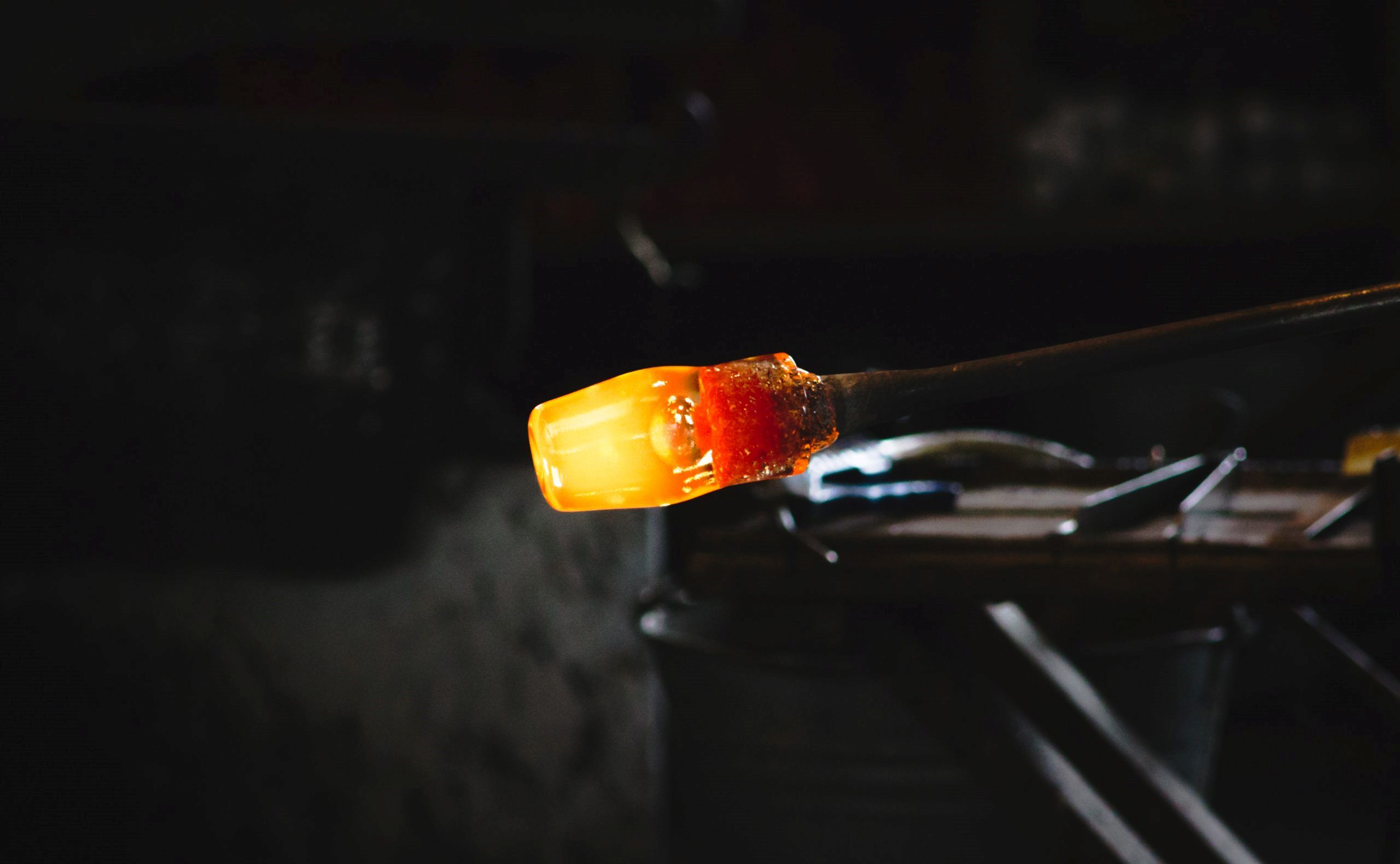
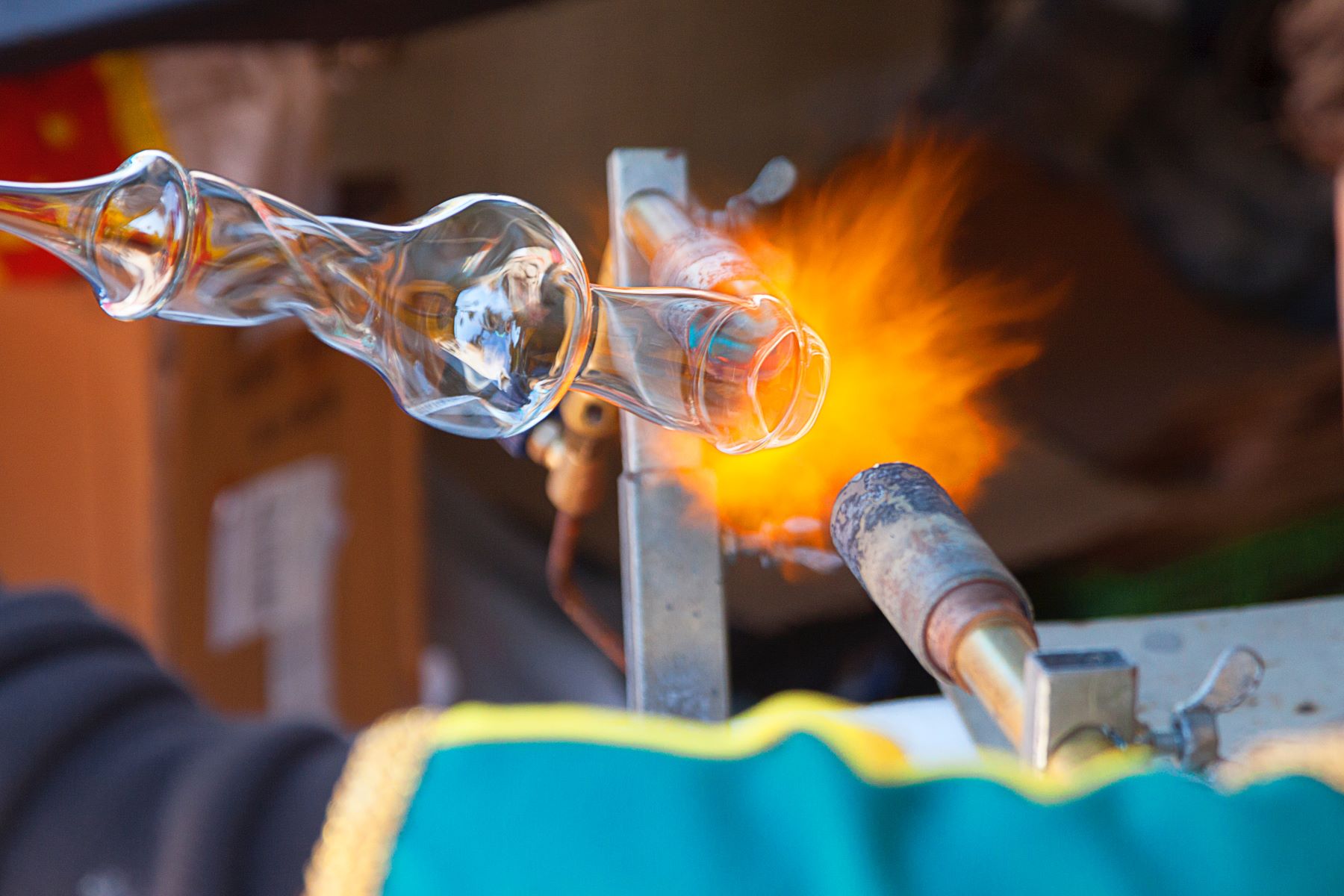
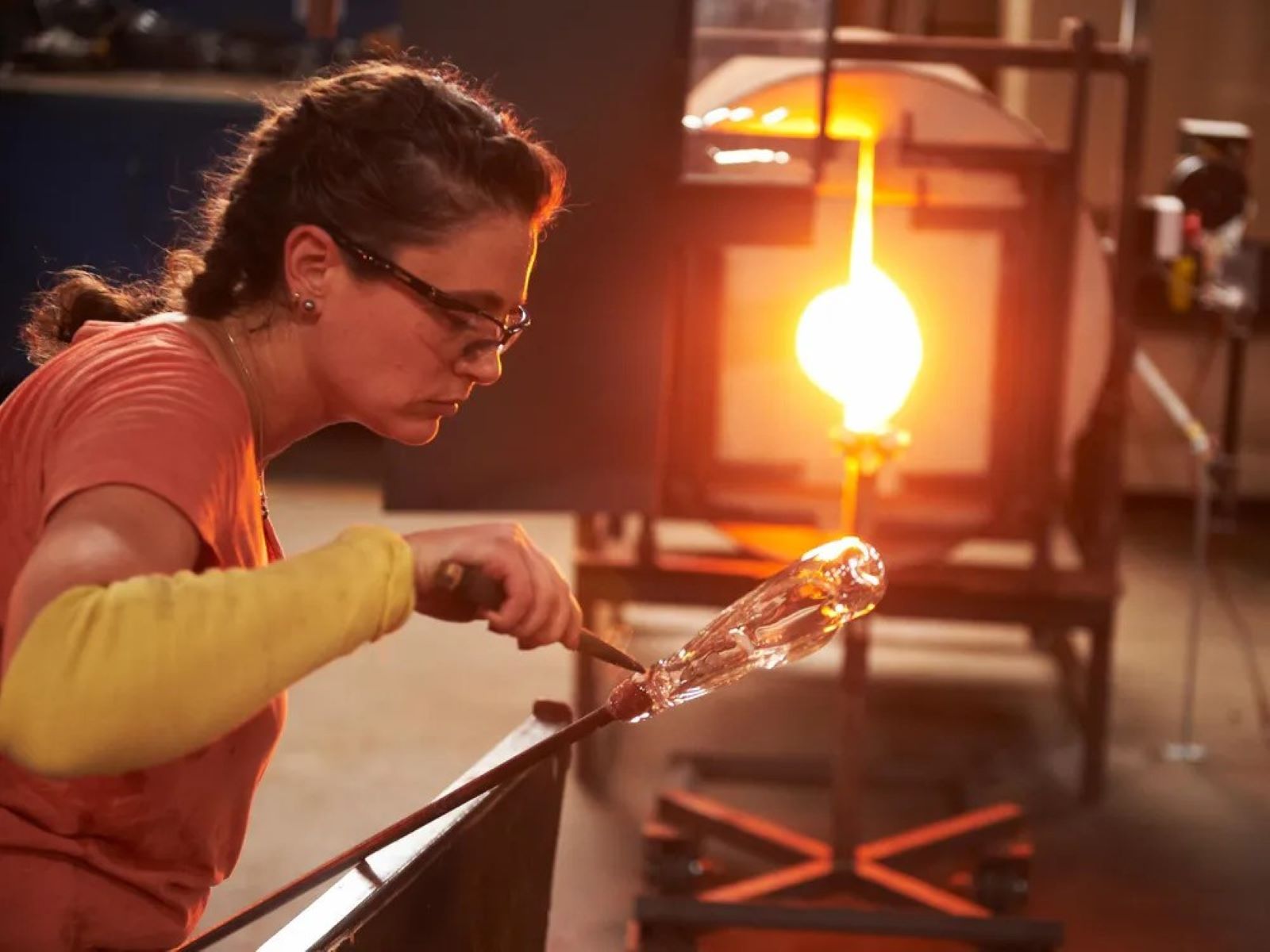
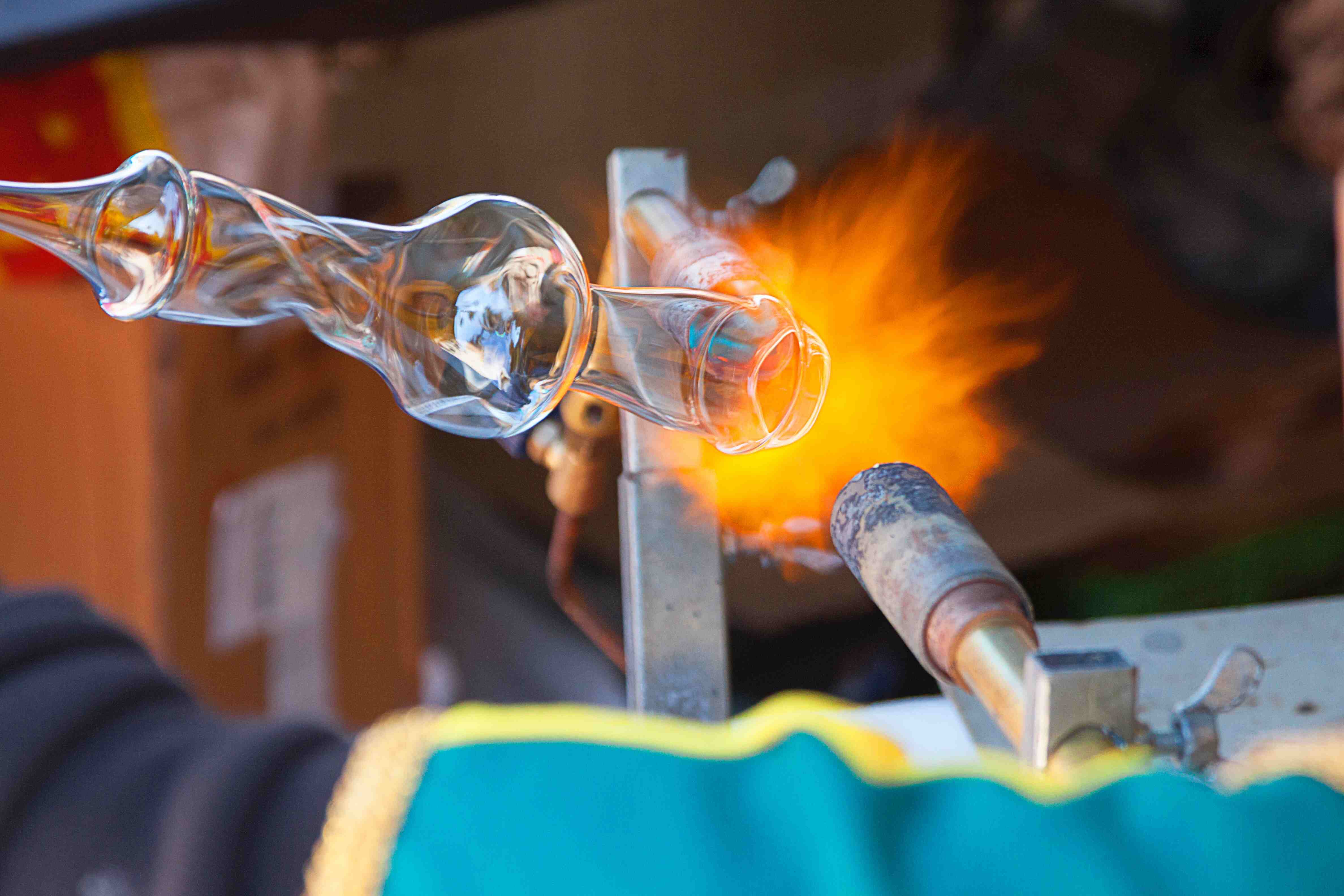
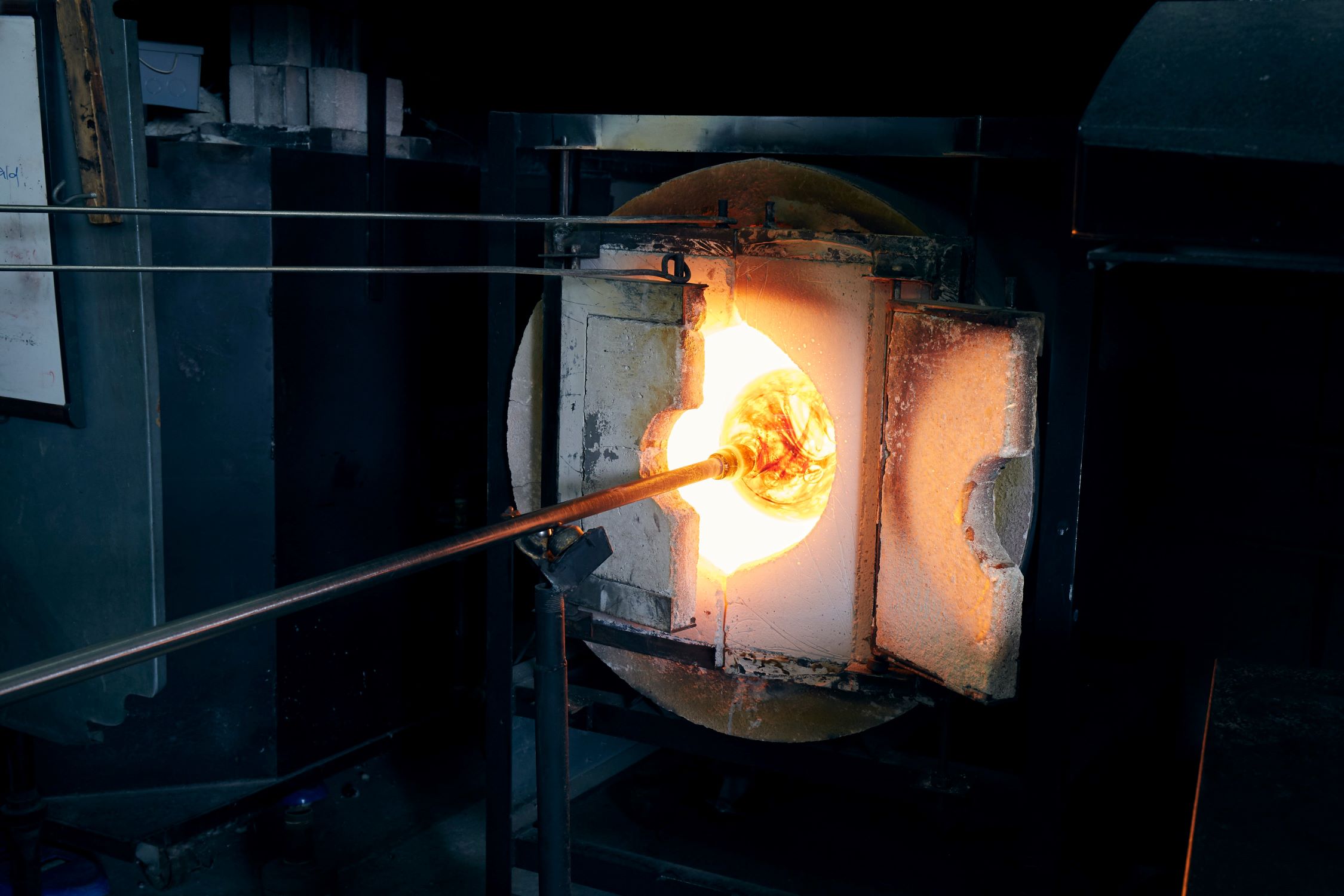


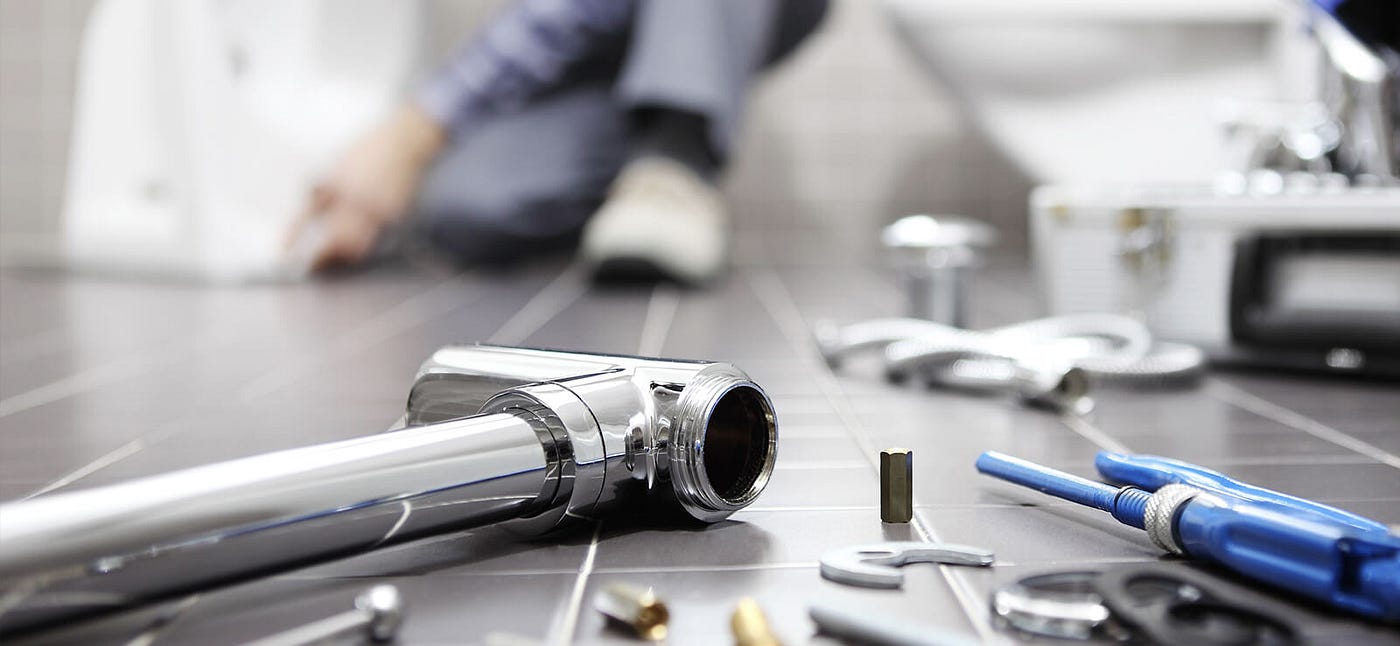
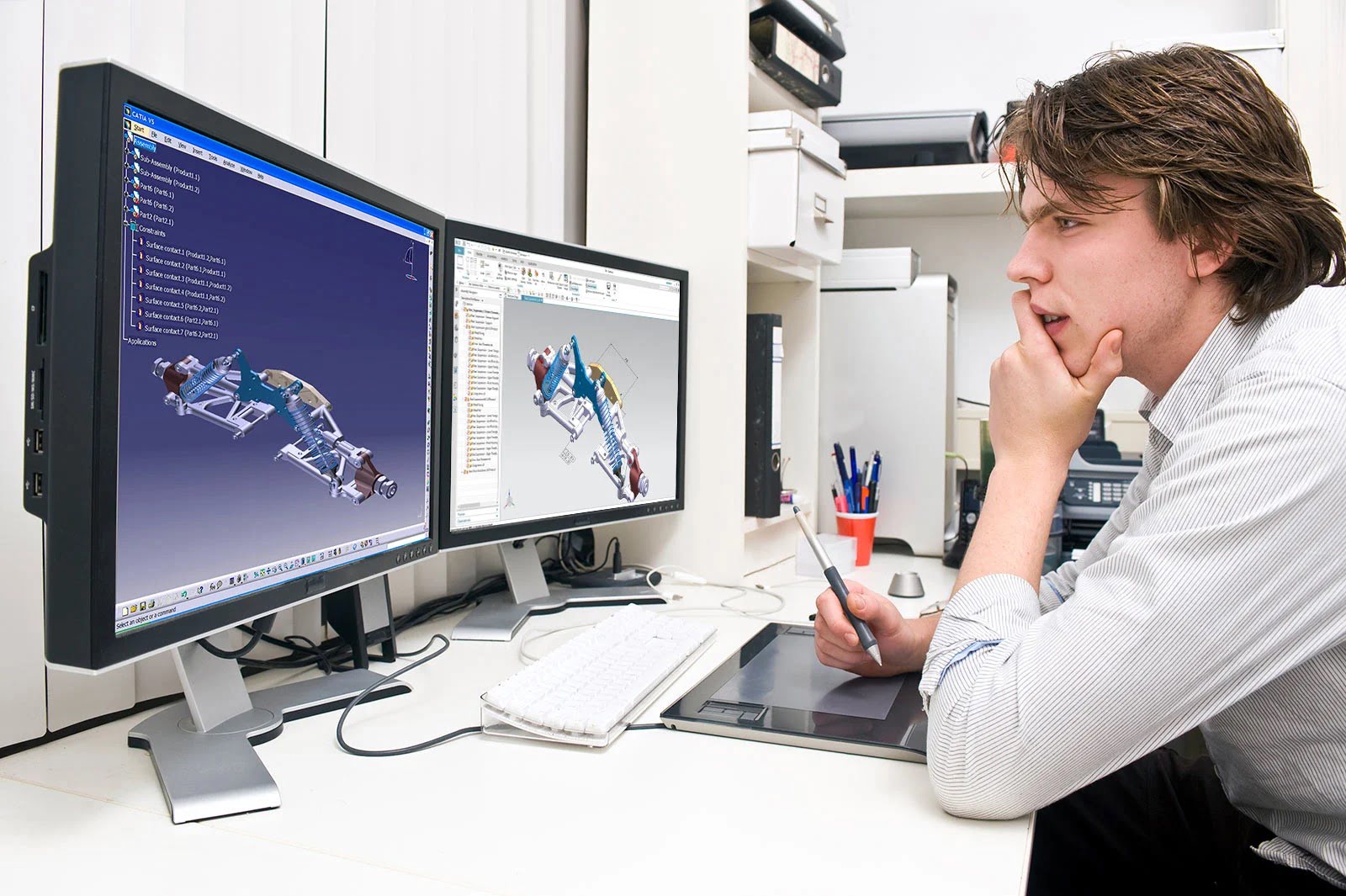
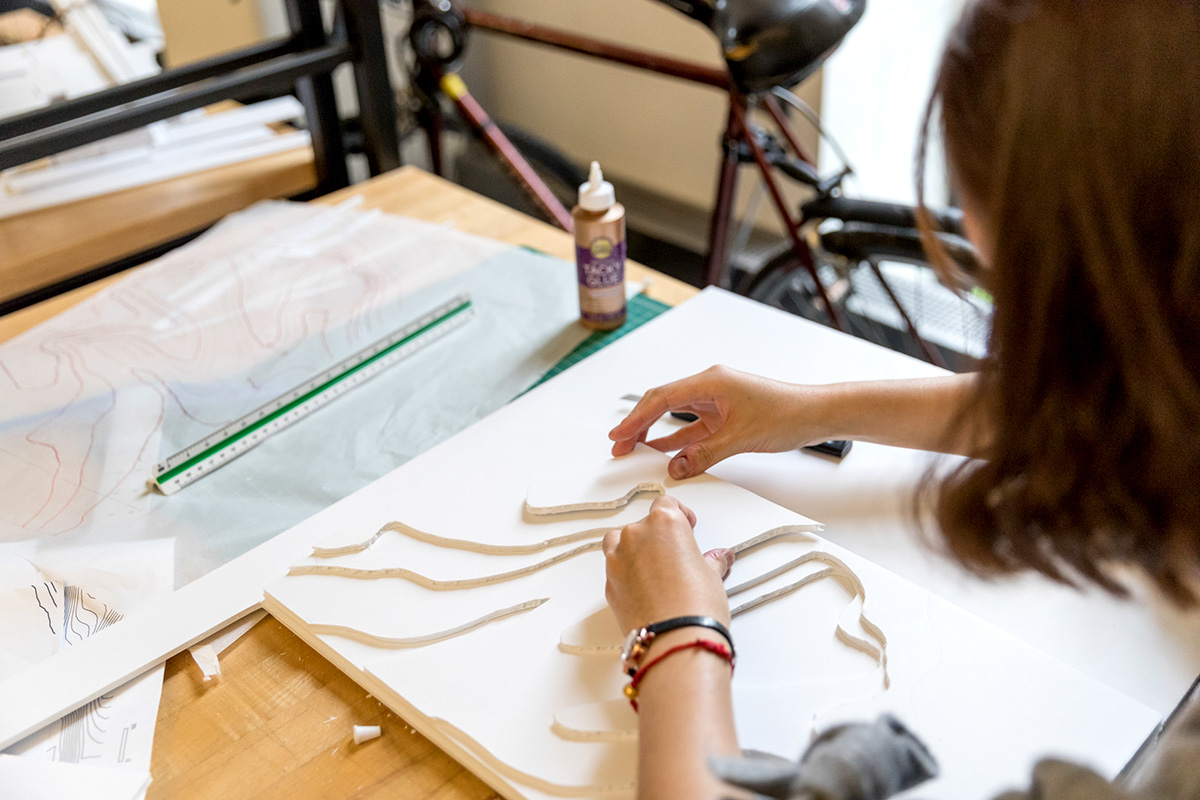
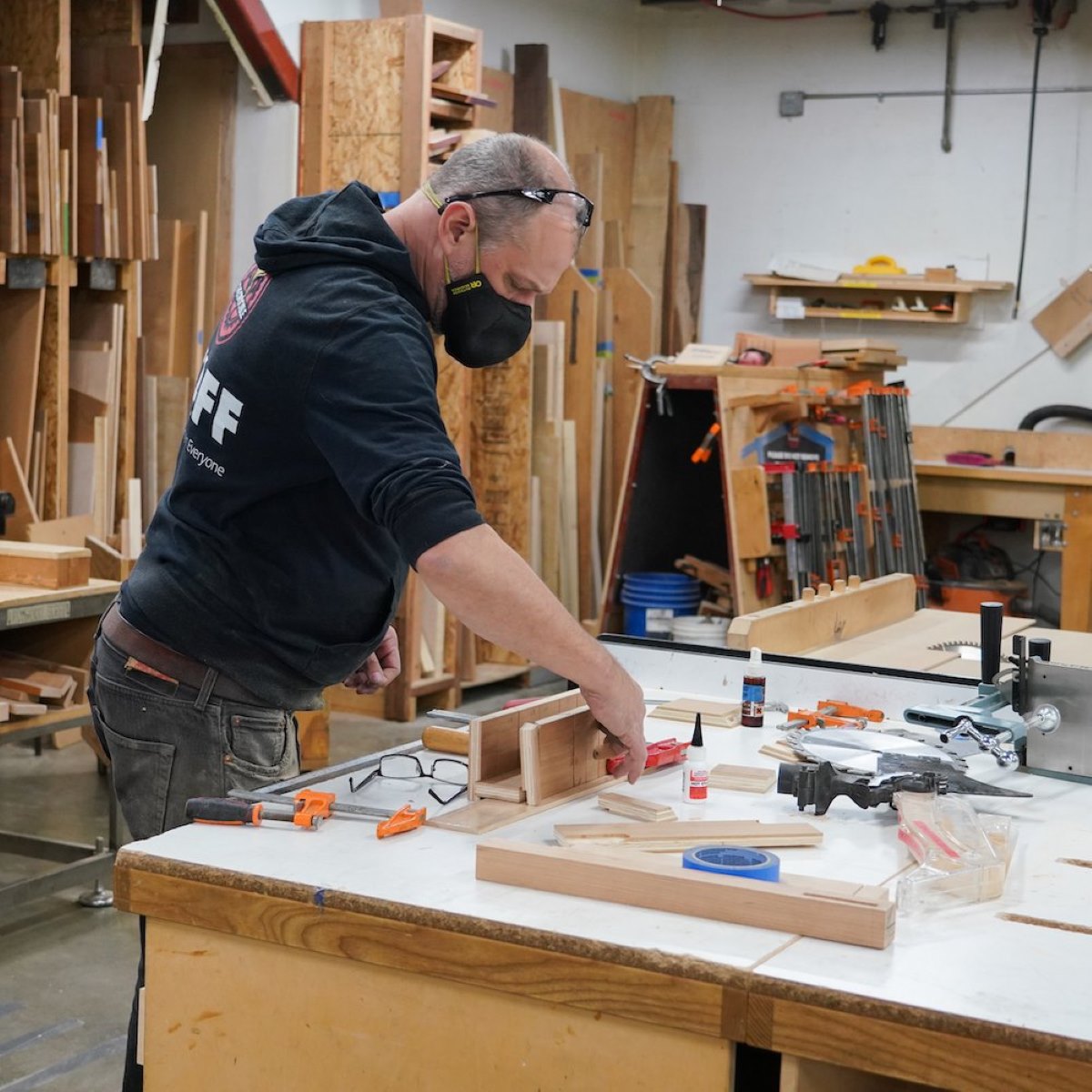

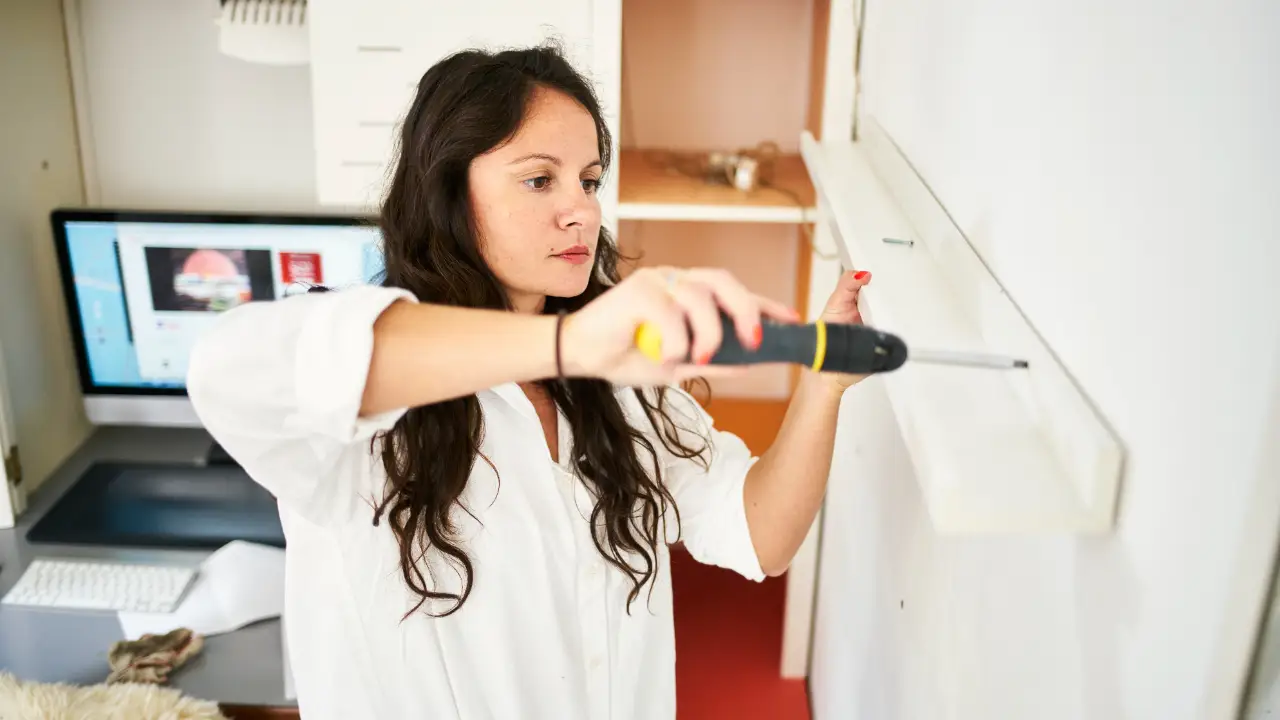


0 thoughts on “How To Learn Glass Blowing”